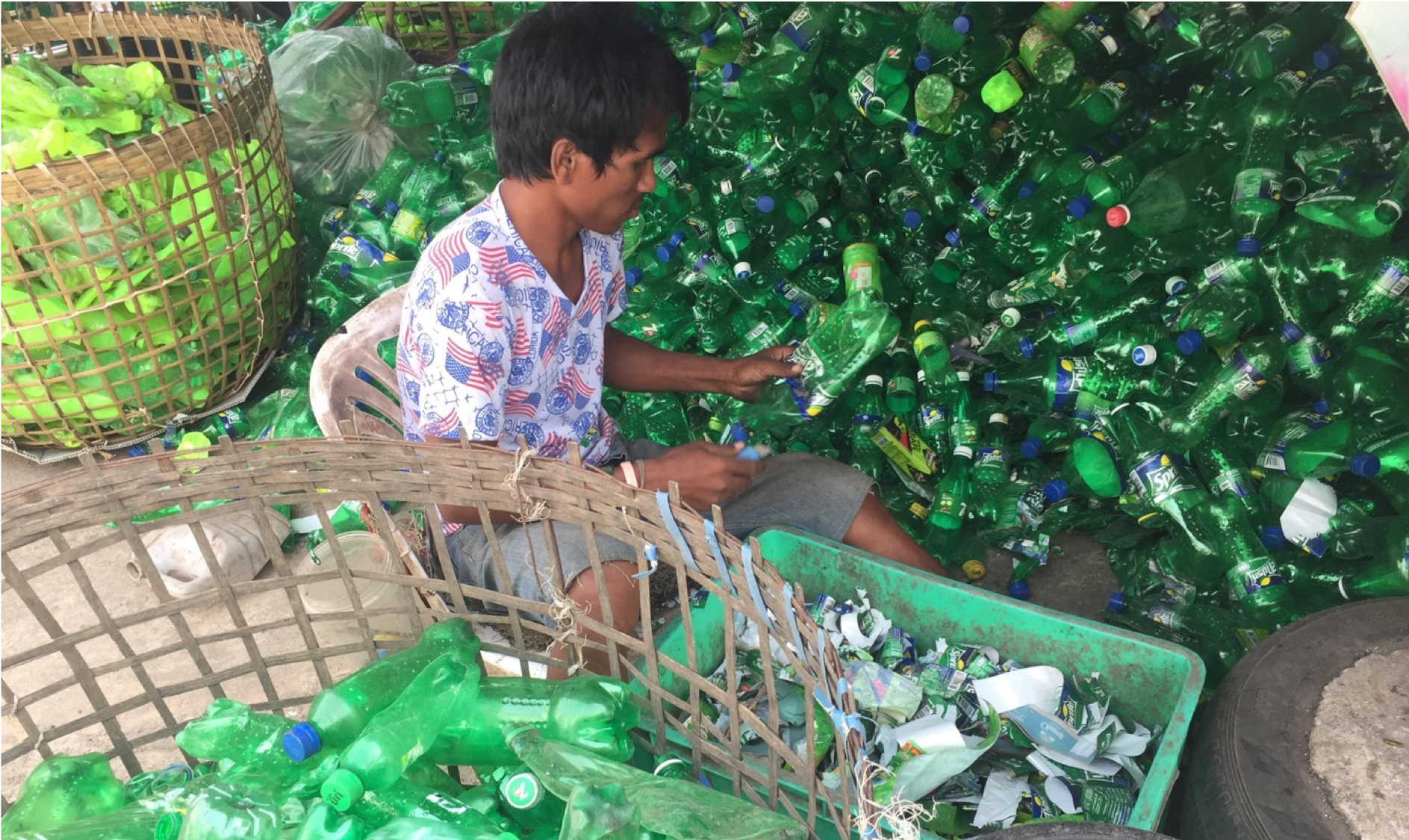SEI Executive Director Måns Nilsson, speaking at the Asia Committee on Environment and Development’s Fifth Session held in Bangkok, has asserted that though the Asia Pacific’s environmental challenges are growing rapidly, along with the region’s economic development, they are not insurmountable.
SEI Executive Director Måns Nilsson speaking at the Asia Committee on Environment and Development’s Fifth Session at the United Nations Economic and Social Commission for Asia and the Pacific (UNESCAP), Bangkok. Photo: Jamie Kemsey / SEI
As the Asia Pacific region rapidly develops, its environmental challenges are growing but are not insurmountable, asserts SEI Executive Director Måns Nilsson. Speaking at the Asia Committee on Environment and Development’s Fifth Session held in Bangkok 21 – 23 November, Nilsson laid out the current state of the environment in the region, urging country, UN agency and NGO delegates to step up their interventions in a number of key areas, including climate change, disasters and vulnerability, urbanization, air pollution and plastic pollution.
“Though over the past two decades the rate of economic growth in the Asia Pacific region has been one of the highest globally and has lifted over half a billion people out of poverty, this success was achieved at a massive environmental cost,” stated Nilsson. “Unsustainable and inequitable growth patterns, along with rapid urbanization and industrialization, has led to increasing waste and emissions, resulting in degradation of the region’s natural capital.”

A worker at plastic recycling plant in Bangkok. Eight of the top ten major rivers dumping plastic into the ocean are located in Asia. Photo: Trang Nguyen
Nilsson provided a number of examples where the needs for heightened cooperation and action are critical: currently 70 percent of urban waste is discharged untreated into ecosystems. In addition, 8 of the top 10 major rivers dumping plastic into the ocean are located in Asia. “Fossil fuel extraction is a major economic factor in this region,” asserted Nilsson, “so, how do we work to create conditions for the fossil fuels that are still in the ground to remain there?” This fossil fuel use contributes to Asia Pacific being one of the most at-risk regions for climate change. Of the twenty most vulnerable countries in the world, six are in the Asia Pacific region: Indonesia, Malaysia, Myanmar, the Philippines, Thailand and Vietnam. The impacts are already being felt and include ocean acidification, destruction of coral reefs, coastal storm surges, and coastal inundation.
Climate change is also contributing to the frequency and intensity of disasters over the past 50 years in the region. Nilsson pointed out that although development is vital for reducing disaster risk, current unsustainable models – for example, the removal of natural storm-surge protection barriers, including mangrove forests, in favour of aquaculture farms or beachfront properties – are continuing to drive these disasters that, in turn, destroy development gains.
Disasters can also exacerbate challenges in other areas of an economy, including the food and agriculture sector. Asia and Pacific countries’ increasing meat consumption, particularly red meat, demands ever increasing land, water and other resources. In 2016, 29 of the 48 countries in the Asia Pacific region were water insecure. This amplified consumption traditionally indicates increasing prosperity, and this prosperity results in the region accounting for 65 percent of global domestic material consumption. “In Asia Pacific, material consumption is now double the amount per dollar than the rest of the world,” stated Nilsson. “This is unsustainable, and we must decouple economic development from environmental pressure. Planning and investment need to come from less of a supply side and more of a demand side perspective.”
Underpinning these challenges are social and gender dimensions. Unequal distribution of power leads to maladaptive development, further deepening the need for a progressive model that will ensure secure, adaptive and thriving communities. “Gender empowerment needs to be integrated into all development planning and practice. Development will not be just or sustainable without it,” concluded Nilsson.
Though these challenges continue to grow, Nilsson assured the gathering that SEI is also increasing its work in the region, partnering to address them on a number of fronts. SEI in Asia supports research and constructs policy bridges in climate change, development and disaster risk, water, gender and development, energy, and city health and wellbeing. A new report, co-authored by SEI researchers for UN Environment, proposes 25 actions that can significantly improve air quality in Asia Pacific. SEI Asia manages the International Centre for Excellence on Development and Disaster Risk to develop, refine and communicate insights and approaches on how to transform the current relationship between development and disaster risk. SEI Asia’s water resources management work seeks to provide safe and secure water for all through innovative technical, institutional and policy solutions and a number of partner-driven projects including SUMERNET, the Sustainable Water Partnership, and Chindwin Biodiversity and Ecosystem Services.
SEI Asia is also working on energy futures by supporting dialogue and enhancing capacity through SEI’s LEAP (Long-range Energy Alternatives Planning) scenario modeling and other projects on air pollution and energy financing in Southeast Asia. Woven throughout all of this work is Gender, Environment and Development (GED). The GED team engages with policymakers, advocates and other knowledge producers to ensure inequalities are addressed in decision-making processes that advance gender equality and women’s empowerment.
With this work in place, SEI is actively contributing to the critically needed change narrative in the Asia Pacific region. “We have had 50 years of environmental policy that is not generating the needed effects,” concluded Nilsson. “Change needs to happen, and our economic, environmental and social agendas need to go hand-in-hand with the UN Sustainable Development Goals’ 2030 Agenda. This is the way forward, and SEI will continue to step up to help ensure the Asia Pacific region is at the forefront of the sustainable transformation.”
Design and development by Soapbox.
